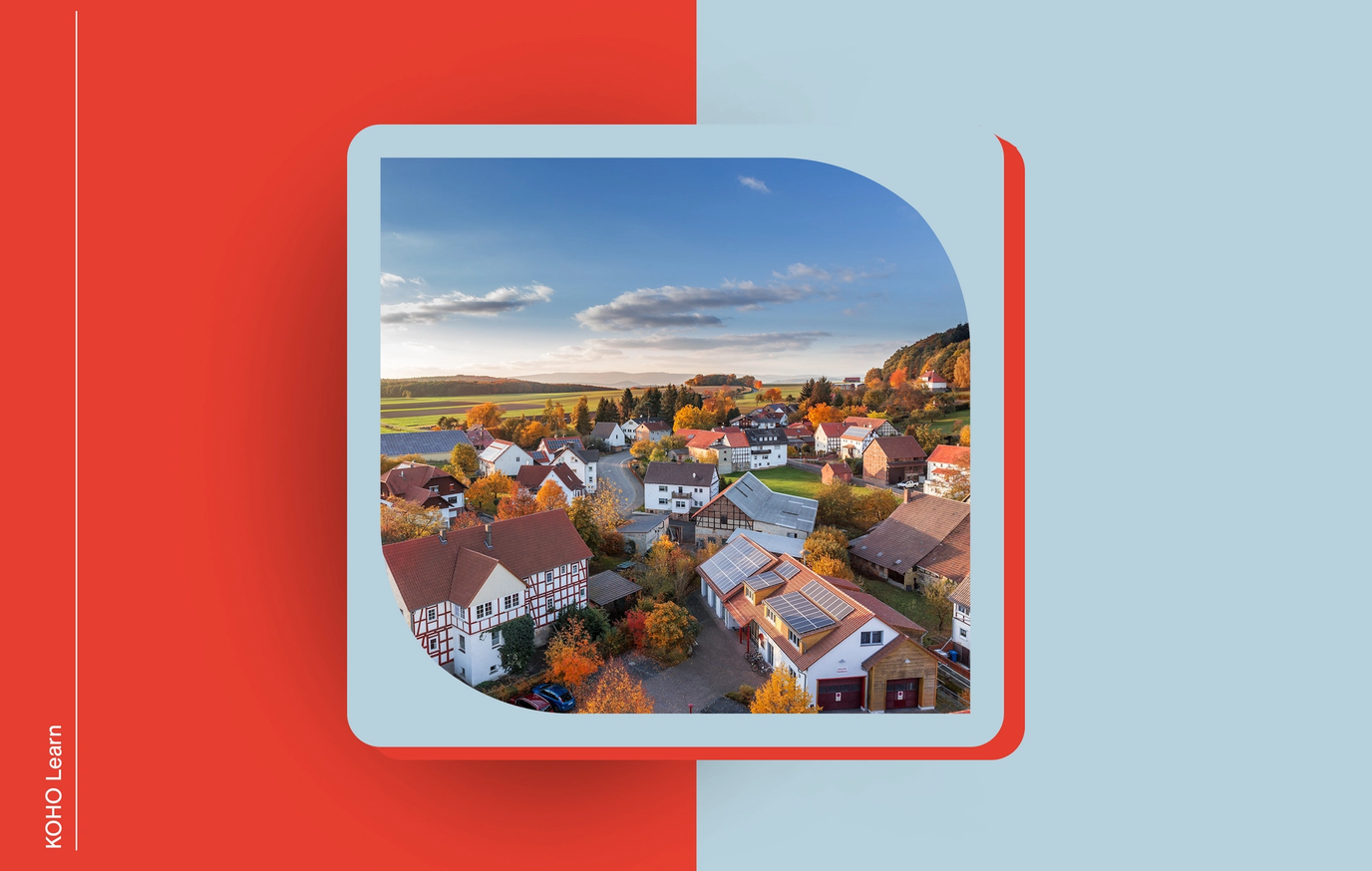
As the old saying goes, nothing in life is certain except death and taxes (perhaps a more modern version could include laundry and rising interest rates!) All kidding aside, the statement rings true for Canadians, who must pay both provincial and federal taxes.
While taxes may be unavoidable, it's helpful to know which Canadian provinces and territories have the lowest taxes so you can make an informed choice about where to live and conduct business. In this article, we provide a guide to help you understand Canada's income tax rates, and we'll break down the top 5 Canadian provinces with the lowest taxes.
Which Canadian province has the lowest taxes?
Alberta has the lowest taxes out of all the Canadian provinces. Alberta has the lowest taxes for a few reasons, one being that Alberta has the highest basic personal amounts in Canada. Alberta's basic personal amount is $19,369, and in comparison, the federal basic amount is $14,398. So, if you live in Alberta, you'd only be taxed on your income when you make more than $19,369.
Another contributing factor is that Alberta doesn't have a provincial sales tax. This means that residents and businesses don't pay an additional tax on top of the federal goods and services (GST) tax of 5%. Can you hear the mountains calling?
What are the marginal tax rates in Canada?
The marginal tax rate is the total income tax each Canadian pays and combines the provincial and federal income tax rates. Since the general income tax is the same across the country, your income tax depends on the province or territory you live in. So, the more money you make in Canada, the more you will be taxed based on your tax bracket.
Canada's tax structure was designed to alleviate taxes on Canadians with low income, and taxes are used to better the services and infrastructure in the country.
Federal tax rates
Federal marginal tax rates in Canada for individuals in 2022 are:
15% on the first $50,197 of taxable income
20.5% on taxable income between $50,197 and $100,392
26% on taxable income between $100,392 and $155,625
29% on taxable income between $155,625 and $221,708
33% on any taxable income over $221,708
Provincial and territorial tax brackets and rates
Provincial and territorial tax brackets and the rates that apply to each bracket significantly differ depending on where you live. Here is a brief guide to the income tax rates in each region.
| PROVINCE OR TERRITORY | 2022 INCOME TAX RATES |
| Alberta |
|
| British Columbia |
|
| Manitoba |
|
| New Brunswick |
|
| Newfoundland and Labrador |
|
| Northwest Territories |
|
| Nova Scotia |
|
| Nunavut |
|
| Ontario |
|
| Prince Edward Island |
|
| Quebec |
|
| Saskatchewan |
|
| Yukon |
|
What are the top 5 provinces and territories with the lowest tax rates?
With tax season on the horizon, you may be wondering which provinces and territories have the lowest income tax rates. Here are the top 5.
1. Alberta
Alberta is the fourth-most populated province, with 4.5 million people calling it home as of 2022, and about 1.6 million live in Calgary. In 2020, the median after-tax income of families and unattached individuals was $77,700, according to Statistics Canada.
2. Northwest Territories
The Northwest Territories has a small population of an estimated 45,000, with about half of that living in the capital city of Yellowknife. In 2019, families and unattached individuals living in the Northwest Territories had an average after-tax income of $93,200.
3. Nunavut
Nunavut is another territory with a very small population of just under 40,000. Iqaluit is the capital city, with just under 8,000 residents. In 2019, Statistics Canada reported that families and unattached individuals living in Nunavut had an average after-tax income of $93,800.
4. Yukon
The Yukon is a territory with a population of about 45,000, with about 25,000 living in the capital city of Whitehorse. In 2019, the same report from Statistics Canada found that the average after-tax income of families and unattached individuals was $77,800.
5. Saskatchewan
The province of Saskatchewan has a population of 1.2 million people. About 230,000 people live in the capital city of Regina, and Saskatoon, another large city, has an estimated population of 300,000. In 2020, the median after-tax income of families and unattached individuals was $67,700, according to Statistics Canada.
Which Canadian province has the highest income tax rate?
Quebec has the highest income tax rate out of all the provinces and territories. Quebec is Canada's second most populated province, with a population of about 8.5 million, and French is the predominantly spoken language.
Taxes are higher in Quebec because of the province's unique differences and the social services that it offers. Quebec's provincial government finances services like education, community health clinics, and childcare and invests heavily in the arts and culture sector.
Which province should I be taxed in?
If you're planning to move after reading this article, you may be wondering what province you'll be taxed in if you move. Your provincial income tax depends on where you live at the end of the tax year, which in general, is December 31st.
Questions about tax season? Check out our guide to everything you need to know about tax season in Canada.